With today’s advancements in cosmetic procedures, liposuction has become a popular solution for removing excess fat quickly while delivering long-lasting results. However, alongside the clearly visible and immediate improvements, many people still wonder: Is liposuction permanent? In this article, Liposuction Experience will provide a detailed analysis of how long liposuction results can last and reveal key factors to help you maintain your post-procedure physique over the long term.
Is liposuction permanent? Can you gain fat again after the procedure?
Is liposuction permanent? Liposuction is a procedure that permanently removes adipocytes from targeted areas of the body. While there are various procedures, all share the same principle: using a medical-grade cannula combined with suction technology to extract fat from beneath the skin. Once adipocytes are removed, they cannot regenerate in the same area, which is why liposuction is considered a long-term solution for body contouring and aesthetic enhancement.
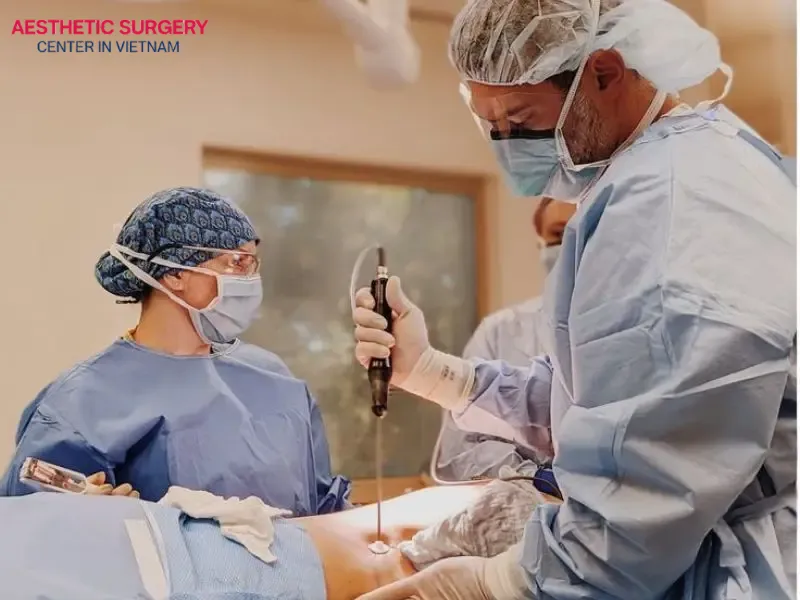
However, weight gain is still possible after liposuction. Although the removed adipocytes don’t grow back, the remaining ones in the body can expand if you consume more calories than you burn. In cases of significant weight gain, new adipocytes may also develop, including in previously treated areas, though fat accumulation there tends to be less due to the reduced number of adipocytes.
Areas that are most likely to experience changes over time
Although liposuction permanently removes adipocytes, certain areas of the body may still change over time, especially when the body undergoes fluctuations such as weight gain, aging, or hormonal imbalances. Abdomen, thighs, back, and arms are particularly sensitive to metabolic changes and can experience fat reaccumulation even after liposuction. Understanding the specific characteristics of each treated area post-liposuction helps you care for your body properly and maintain the long-term aesthetic results of the procedure.
Abdomen
The abdomen is a common area for liposuction, with results that can last for years if you follow proper post-op care and doctor instructions. However, it is also a high-risk zone for fat reaccumulation, particularly in the lower belly and waist. Causes may include poor diet, weight gain, or hormonal changes of menopause.
To maintain results, monitor your weight and maintain a healthy diet with regular core-focused exercises.
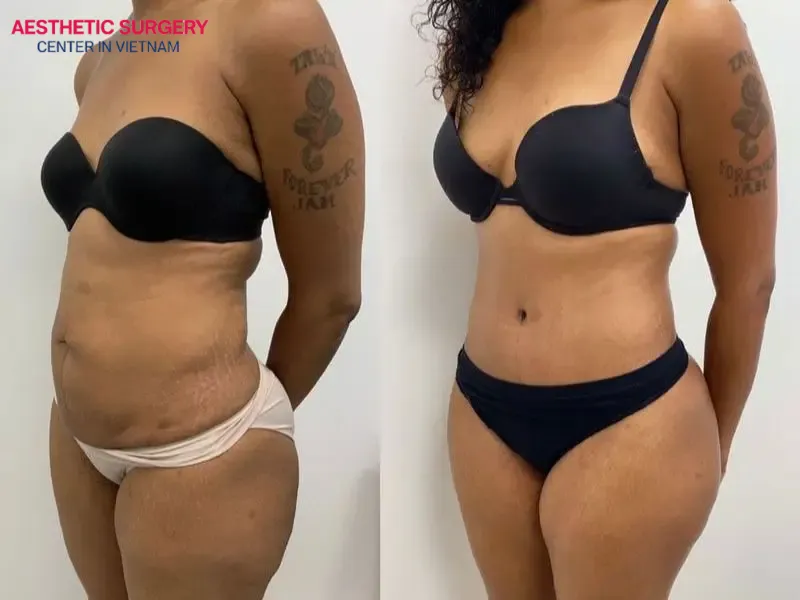
Thighs and hips
The thighs and hips often contain dense, stubborn fat that is difficult to eliminate through conventional methods. This makes liposuction a popular option for improving body proportions and enhancing natural curves in these areas. However, the results of thigh and hip liposuction can be affected over time by weight gain. Additionally, genetic predisposition and hormonal factors also influence the redistribution of fat in these areas.
To maintain long-term results, it’s essential to combine weight control, hormonal balance, and targeted muscle training focused on the hips and thighs.
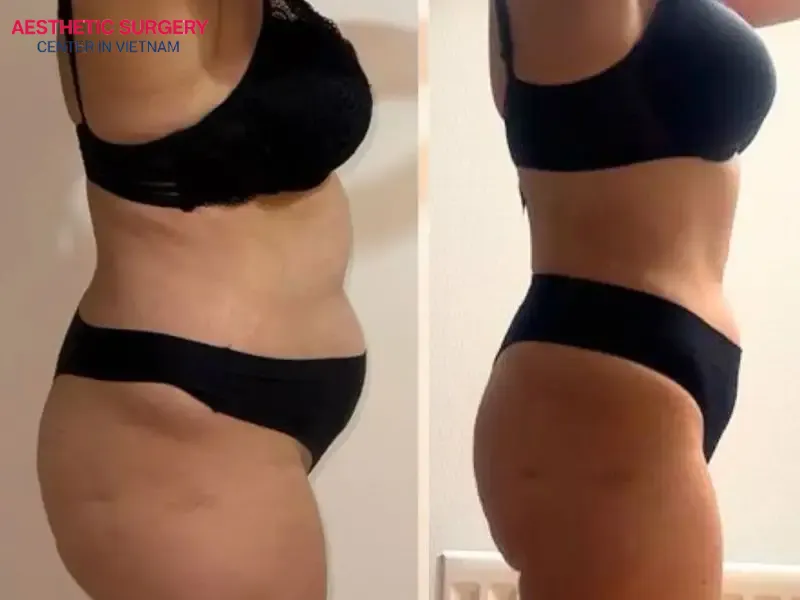
Arms
Arm liposuction helps remove excess fat and reshape the upper arms, creating a more slim and toned contour. However, over time, natural aging and reduced skin elasticity can affect the aesthetic outcome. If the skin lacks sufficient elasticity after liposuction, the arms may develop mild sagging or looseness.
To prevent this, combine the procedure with advanced skincare, collagen supplementation, and consistent strength training to maintain the firmness and the long-lasting results.

Back
Back fat commonly accumulates in the form of stubborn fat bands along the spine or under the armpits, which can be both unaesthetic and difficult to eliminate naturally. Back liposuction is an effective solution to remove dense subcutaneous fat, smooth the surface, and create a more seamless contour between the shoulders and waist. However, weight gain after the procedure can still affect the results, as the remaining adipocytes may enlarge, reducing the overall slimness and definition achieved through treatment.
To maintain long-term results after back liposuction, keep a stable weight and incorporate targeted exercises for back muscles, especially the lats and mid-back, to preserve firmness and prevent fat from returning to the area.
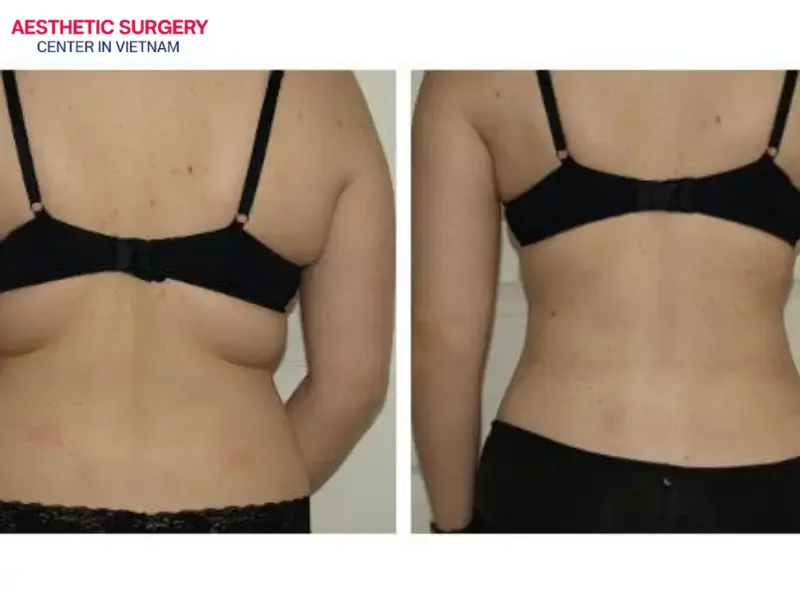
Read more: What makes liposuction for men different from liposuction for women?
How to keep your liposuction results?
To ensure your liposuction results are stable and long-lasting, it’s essential to adopt a healthy, science-based lifestyle that includes weight control, skin care, and proper physical activity. These habits not only help you maintain your post-surgery figure but also reduce the chances of complications or outcomes often associated with liposuction gone wrong. Below are key tips to help you preserve your results and minimize the risk of fat returning.
Maintain a balanced, calorie-conscious diet
Your eating habits are important in keeping your weight stable and preventing fat from returning. Focus on nutrient-rich, low-calorie foods, such as:
- Lean proteins: chicken breast, salmon, eggs, soybeans
- Fruits and vegetables: rich in fiber, vitamins, and minerals
- Whole grains: stabilize blood sugar and help control hunger
- Healthy fats: olive oil, avocado, almonds – support lipid metabolism.

Also, limit your intake of processed foods, refined sugars, and saturated fats, which can accelerate unwanted fat buildup and compromise the aesthetics of your liposuction results.
Stay hydrated
Proper hydration is often overlooked but plays a major role. Drinking 2 to 2.5 liters of water per day can:
- Improve skin elasticity and help firm up the treated areas
- Boost detoxification and fat metabolism
- Reduce cravings and help you control portion sizes.
Combine cardio and strength training
After liposuction, it’s important to maintain a regular exercise routine that includes both cardiovascular activities and muscle-building exercises. This helps burn calories, rebalance your muscle-to-fat ratio, and firm up treated areas. Recommended exercises include:
- Cardio workouts: running, cycling, and swimming for effective calorie burning.
- Weight training and resistance exercises: stimulate muscle growth, boost basal metabolism, and support the skin structure post-liposuction, helping reduce sagging.
Aim to exercise at least 3-5 times/week to preserve your liposuction results over time.
Attend regular follow-up appointments with your doctor
Don’t skip your post-operative check-ups. Your doctor not only monitors your recovery progress but also provides timely advice if there are signs of uncontrolled weight gain or unusual fat distribution. Regular follow-ups also help detect and address potential complications early, ensuring your liposuction results are maintained at their best.









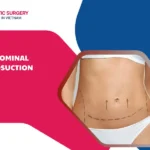
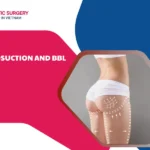
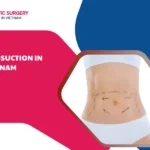
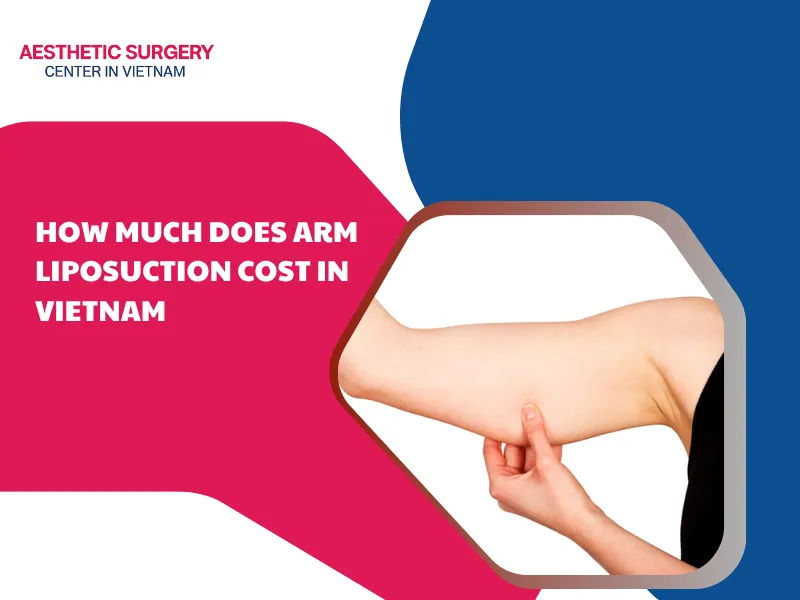
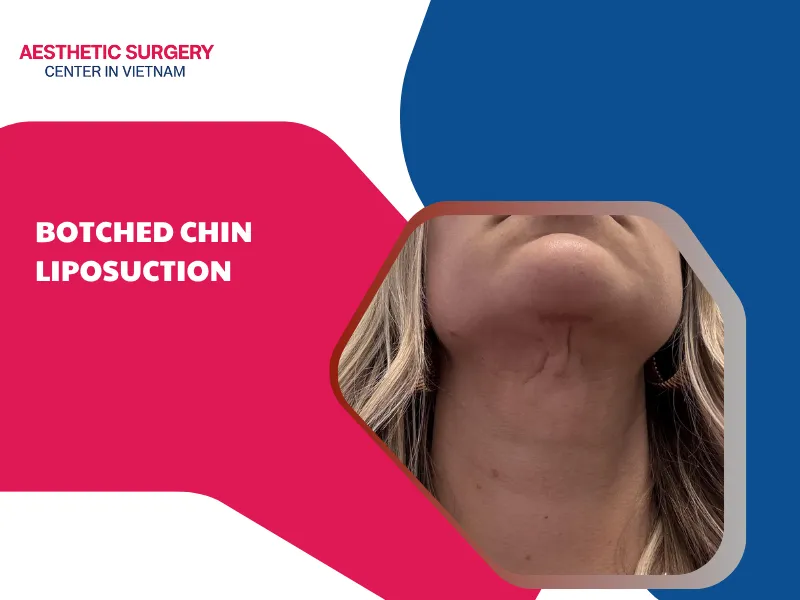
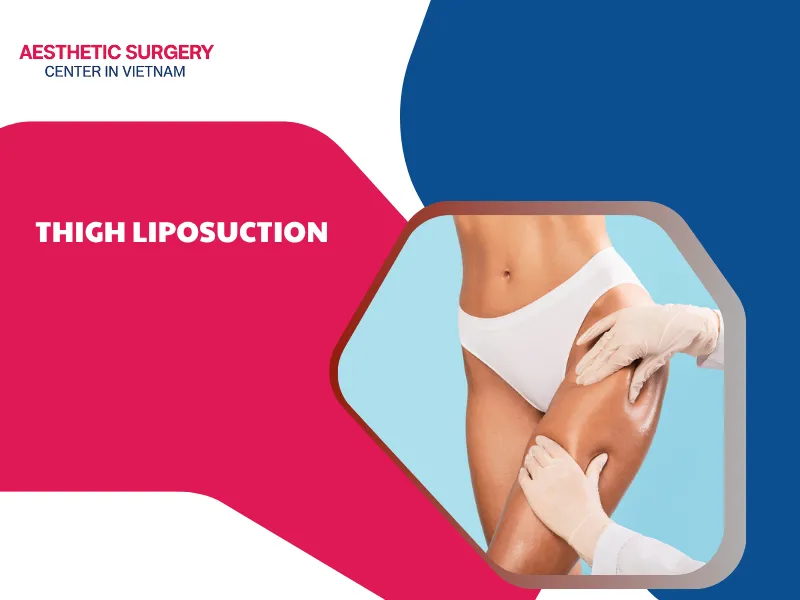
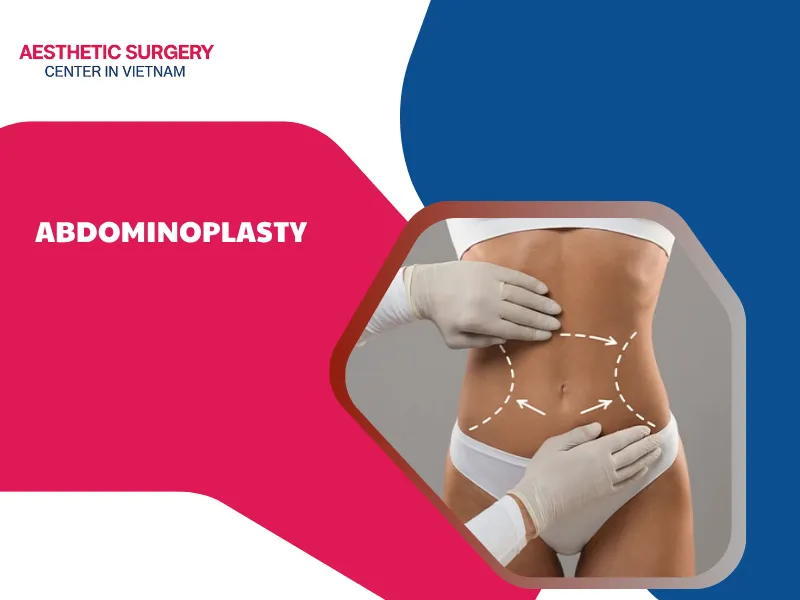





Comment on the post